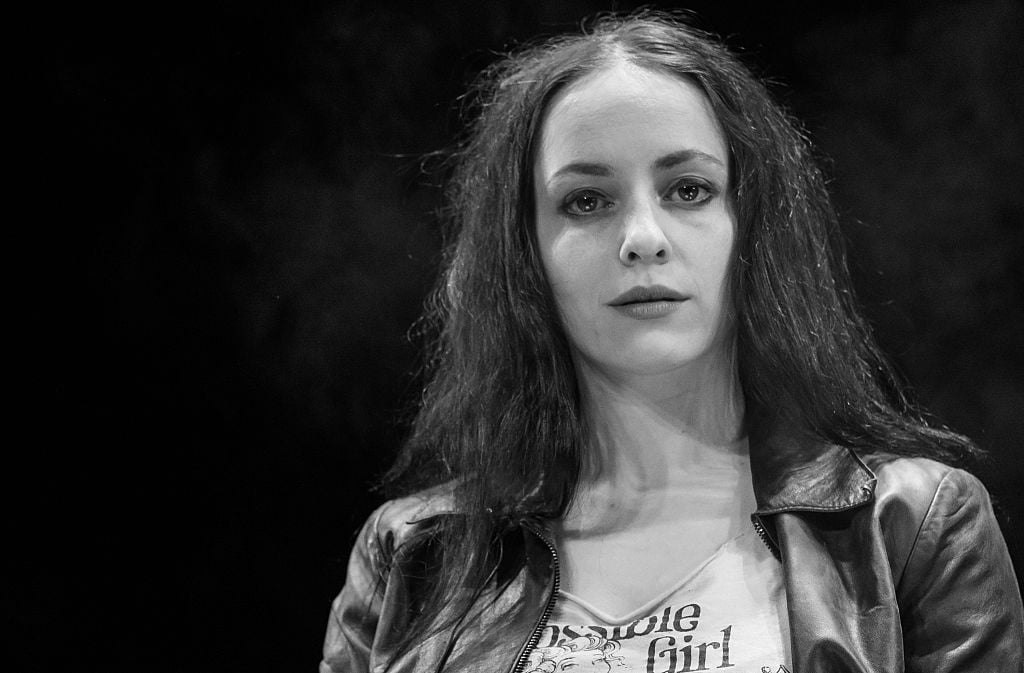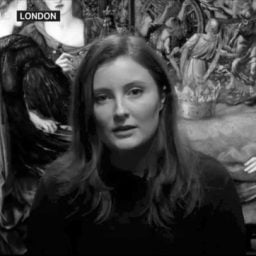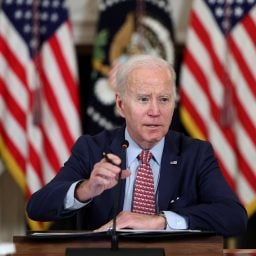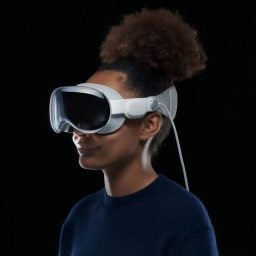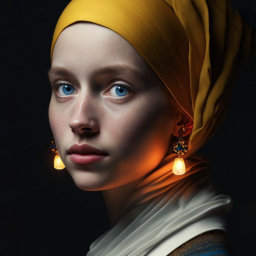An open letter imploring publishers to restrict their use of A.I.-generated illustrations has been posted online by the activist, writer, and artist Molly Crabapple and the Center for Artistic Inquiry and Reporting.
The letter’s main supporters are editors, journalists, authors, artists, cartoonists, and illustrators from across the world. Some notable names include author Naomi Klein, MSNBC political commentator Chris Hayes, playwright V (formerly Eve Ensler), and journalists Rula Jebreal and Spencer Ackerman.
The letter has nearly 1,000 signatures at time of writing and its authors have welcomed members of the public to add their name to the list.
“Since the earliest days of print journalism, illustration has been used to elucidate and add perspective to stories,” the letter begins. “The illustrator’s art still speaks to something not just intimately connected to the news, but intrinsically human about story itself.”
The letter goes on to make the radical claim that this special relationship between human writer and human illustrator, is “at risk of extinction.”
Citing the low cost and high speed of generative A.I. tools, the authors predict that without intervention, their widespread availability could mean “only a tiny elite of artists can remain in business, their work selling as a kind of luxury status symbol.”
“This letter is an effort to shape a critical debate about the future of our newsrooms,” said Mazria Katz, executive director of the Center for Artistic Inquiry and Reporting, in a press statement. “There is a narrative that this technology is impossible to stop. This is not true. We have a choice whether or not to use these products.”
The letter also raises the issue of training datasets that contain copyrighted images taken off the internet without an artist’s knowledge or consent. It calls on newsrooms to take a stance against “corporate theft,” and protect intellectual property rights.
“A.I. art corporations are poised to destroy illustrators’ livelihoods,” said Crabapple in a statement, “and they’re using illustrators’ own stolen images to do it.”
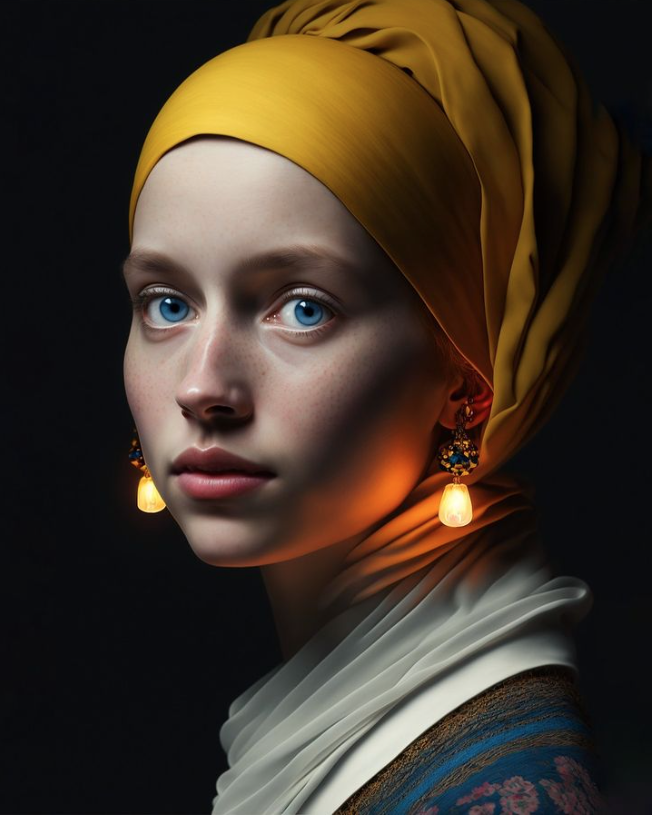
Julian van Dieken, A Girl With Glowing Earrings. Courtesy of the artist.
Since the release of DALL-E 2 sent A.I.-generated art viral last year, several companies have met with backlash for experimenting with the new tools, including the Mauritshuis museum in the Netherlands for an A.I.-generated version of Vermeer’s Girl With a Pearl Earring, Netflix for using A.I. to help illustrate an anime short, the San Francisco Ballet for using A.I.-generated promo. Just two weeks ago, an A.I.-generated entry won a top prize at the prestigious 2023 Sony World Photography Awards.
“[A.I.] creates only ersatz versions of illustrations having no actual insight, wit, or originality,” the open letter continues. “Generative A.I. art is vampirical, feasting on past generations of artwork even as it sucks the lifeblood from living artists. Over time, this will impoverish our visual culture.”
“Consumers will be trained to accept this art-looking art, but the ingenuity, the personal vision, the individual sensibility, the humanity will be missing.”
